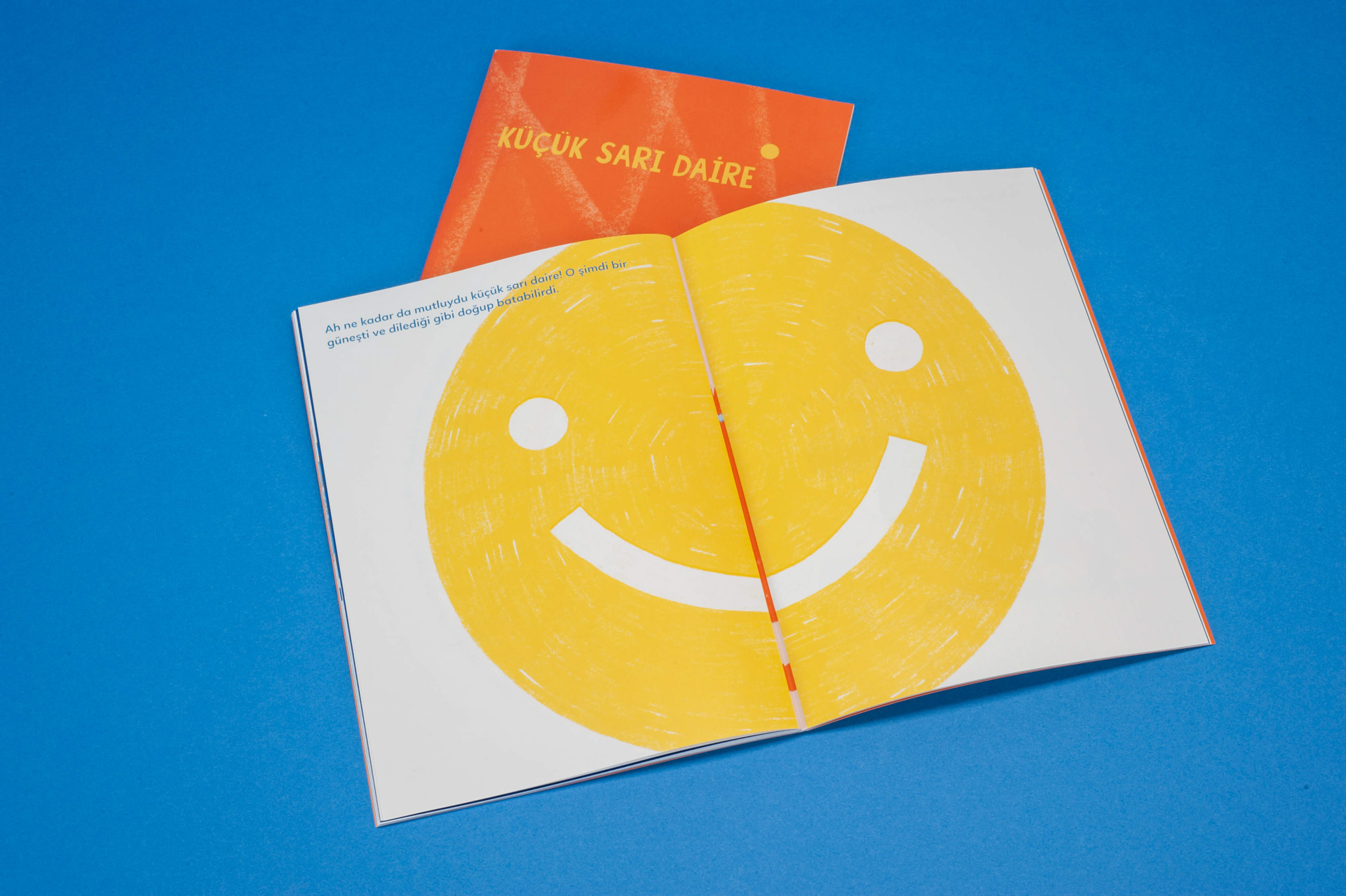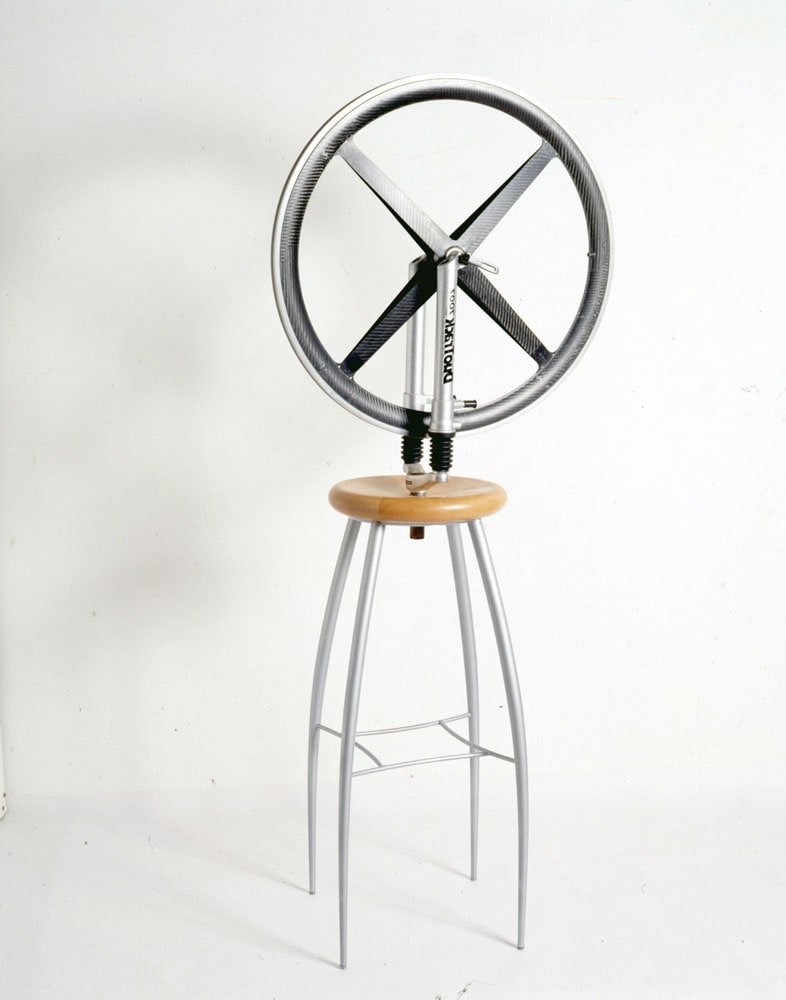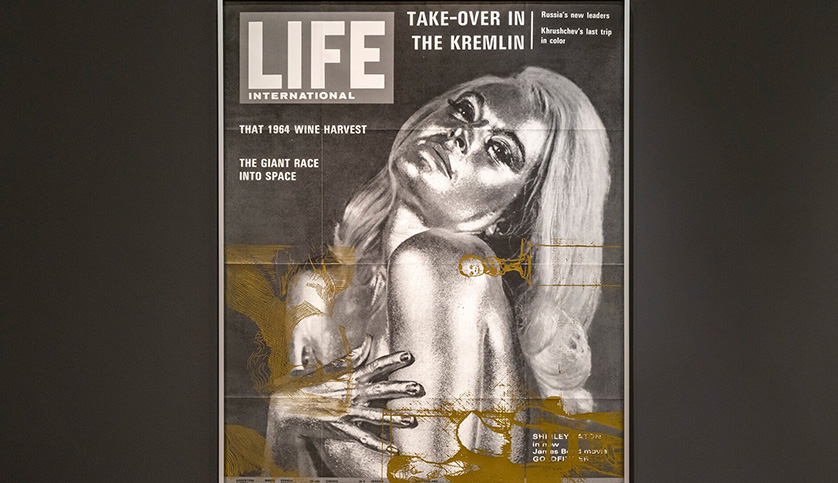Compilation: Frank Roumen
Curatorial Consultant: Elif Rongen-Kaynakçi
Advisory Team: Giovanna Fossati, Anne Gant, Annike Kross, Mark-Paul Meyer, Bryony Dixon
Supervising Restorer: Annike Kross
Netherlands, 2020, 52’, DCP, b&w
English intertitles with Turkish subtitles
This project is funded by the European Commission’s European Tribute to Film Heritage programme, which has enabled the high-quality digitization of 50 selected films from the collections of Eye and the British Film Institute.
The Mutoscope and Biograph Collection contains the oldest films held at Eye Filmmuseum. It includes over 200 films on the original 68mm stock, shot between 1897 and 1902. This constitutes the largest existing collection of 68mm Mutoscope and Biograph films surviving in the world.
The musical accompaniment for these very short and unrelated films of varying content and rhythm would present a big challenge to any improvising musician. Hence, a special piano score was commissioned, composed and recorded by Daan van den Hurk. His score holds the compilation together, flowing along its structure while also recognizing the intrinsic value of each individual film.

Published as part of Pera Learning programs, “The Little Yellow Circle (Küçük Sarı Daire)” is a children’s book written by Tania Bahar and illustrated by Marina Rico, offering children and adults to a novel learning experience where they can share and discover together.

In 1998 Ben Jakober and Yannick Vu collaborated on an obvious remake of Marcel Duchamp’s Roue de Bicyclette, his first “readymade” object. Duchamp combined a bicycle wheel, a fork and a stool to create a machine which served no purpose, subverting accepted norms of art.

Inspired by the exhibition And Now the Good News, which focusing on the relationship between mass media and art, we prepared horoscope readings based on the chapters of the exhibition. Using the popular astrological language inspired by the effects of the movements of celestial bodies on people, these readings with references to the works in the exhibition make fictional future predictions inspired by the horoscope columns that we read in the newspapers with the desire to receive good news about our day.
Tuesday - Saturday 10:00 - 19:00
Friday 10:00 - 22:00
Sunday 12:00 - 18:00
The museum is closed on Mondays.
On Wednesdays, the students can
visit the museum free of admission.
Full ticket: 300 TL
Discounted: 150 TL
Groups: 200 TL (minimum 10 people)